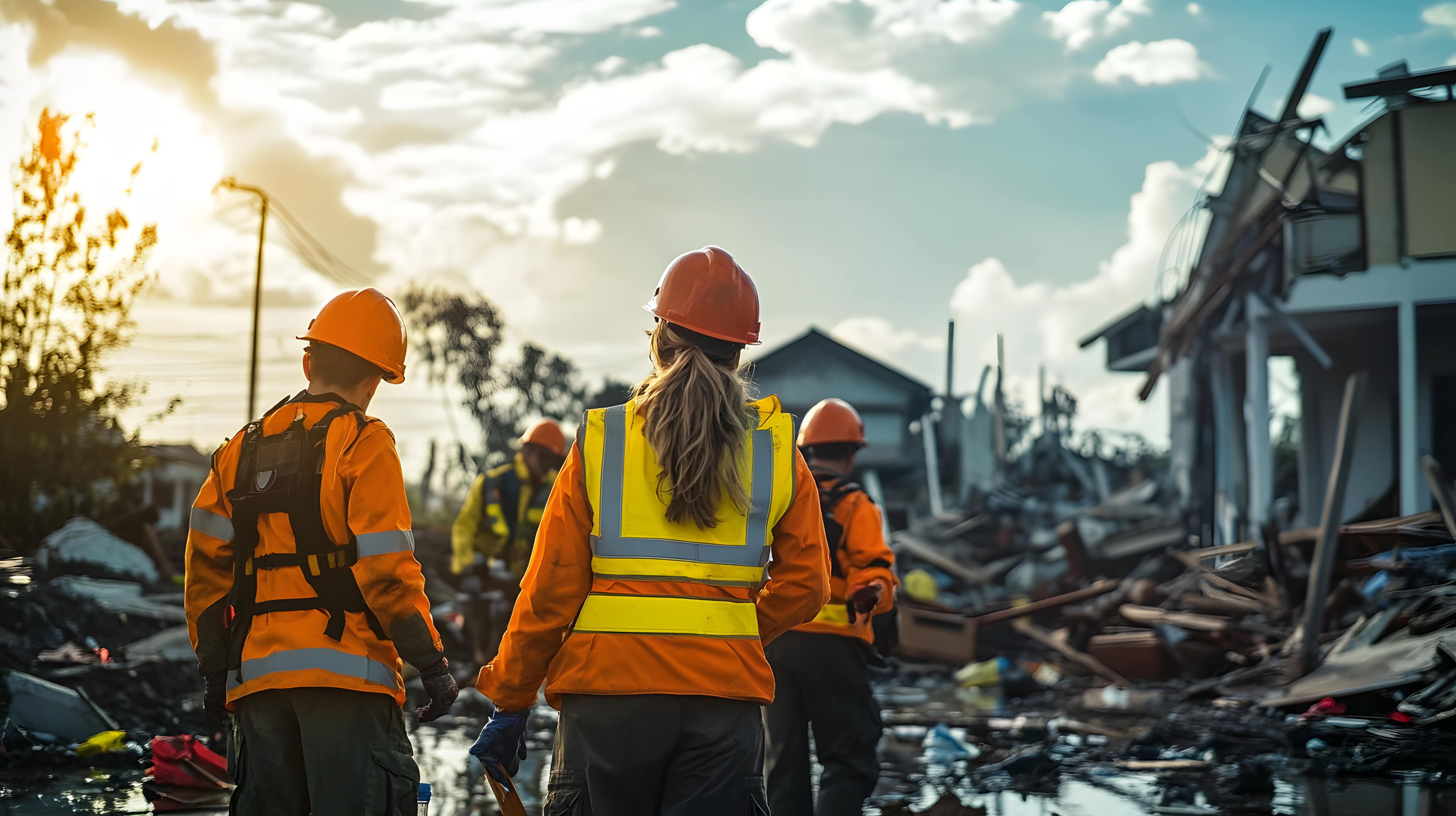Last Updated: October 8, 2025
Post-Hurricane Recovery Tips for Rental Properties
Hurricanes can leave a trail of destruction in their wake. For rental property owners, the aftermath can be particularly challenging. Hurricane Milton is on its way, and it's great to be prepared.
Navigating the recovery process requires a clear plan. It’s about more than just repairing physical damage; it’s about ensuring the safety and satisfaction of your tenants. This guide provides actionable steps for post-hurricane recovery for rental properties. We’ve got you covered, from assessing storm damage to navigating insurance claims.
Whether you’re a seasoned property manager or a first-time landlord, you’ll find valuable insights here. We aim to help you manage the aftermath effectively and efficiently. Let’s dive into the steps for your rental property following a major storm.
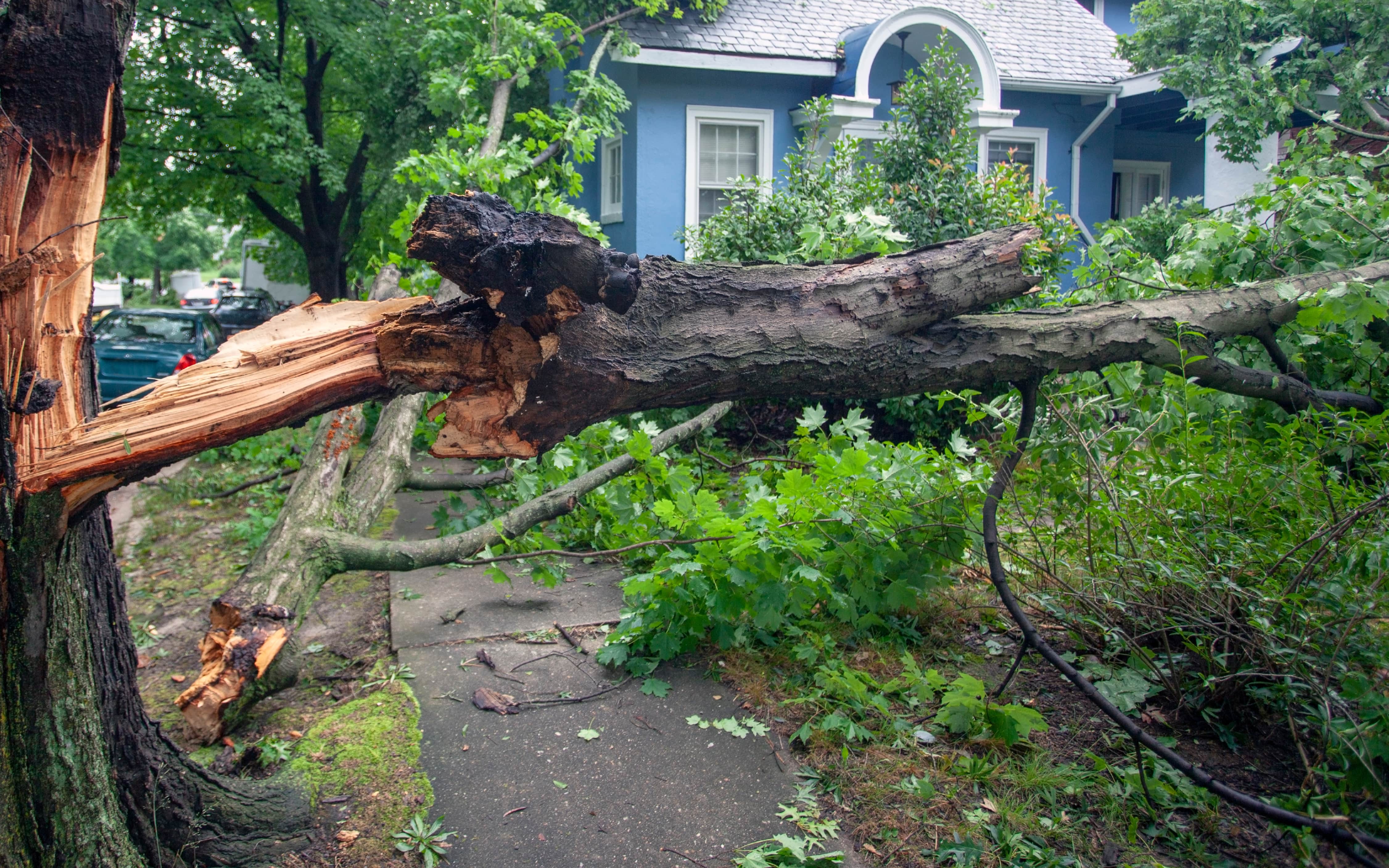
Immediate Steps for Safety and Assessment
The immediate aftermath of a hurricane can be chaotic. Your priority should always be safety.
- Ensure the safety of your tenants. Contact them as soon as possible to check on their well-being. If they evacuated see when they are returning home.
- Inspect the property for immediate hazards such as downed power lines, gas leaks, or structural damage.
- Document visible damage. Take photos and notes for your records.
- Secure the property to prevent further damage. This may involve boarding up windows or covering roof damage with a tarp.
- Contact your insurance company to report the damage promptly.
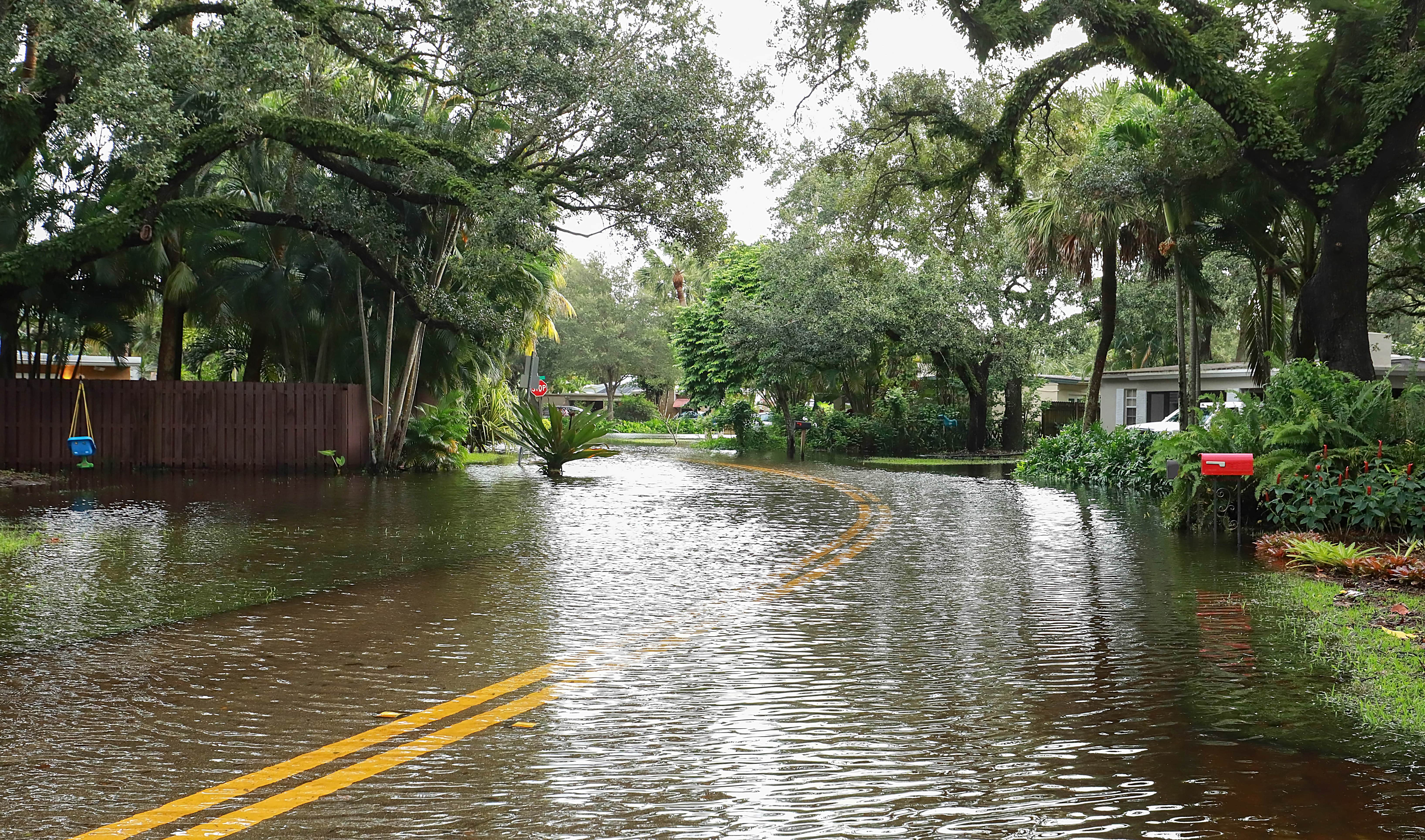
Documenting the Damage for Insurance Claims
Documenting the damage to your rental property is essential for your insurance claim. With power outages, this can become a little difficult, but make this a priority.
Start by taking high quality and detailed photos and videos of all damaged areas. Capture multiple angles to ensure comprehensive documentation. Then, create a list of damaged items, including their values and receipts.
Honesty is key. Overstating damage can lead to claim denials, so always provide an accurate account of the losses.
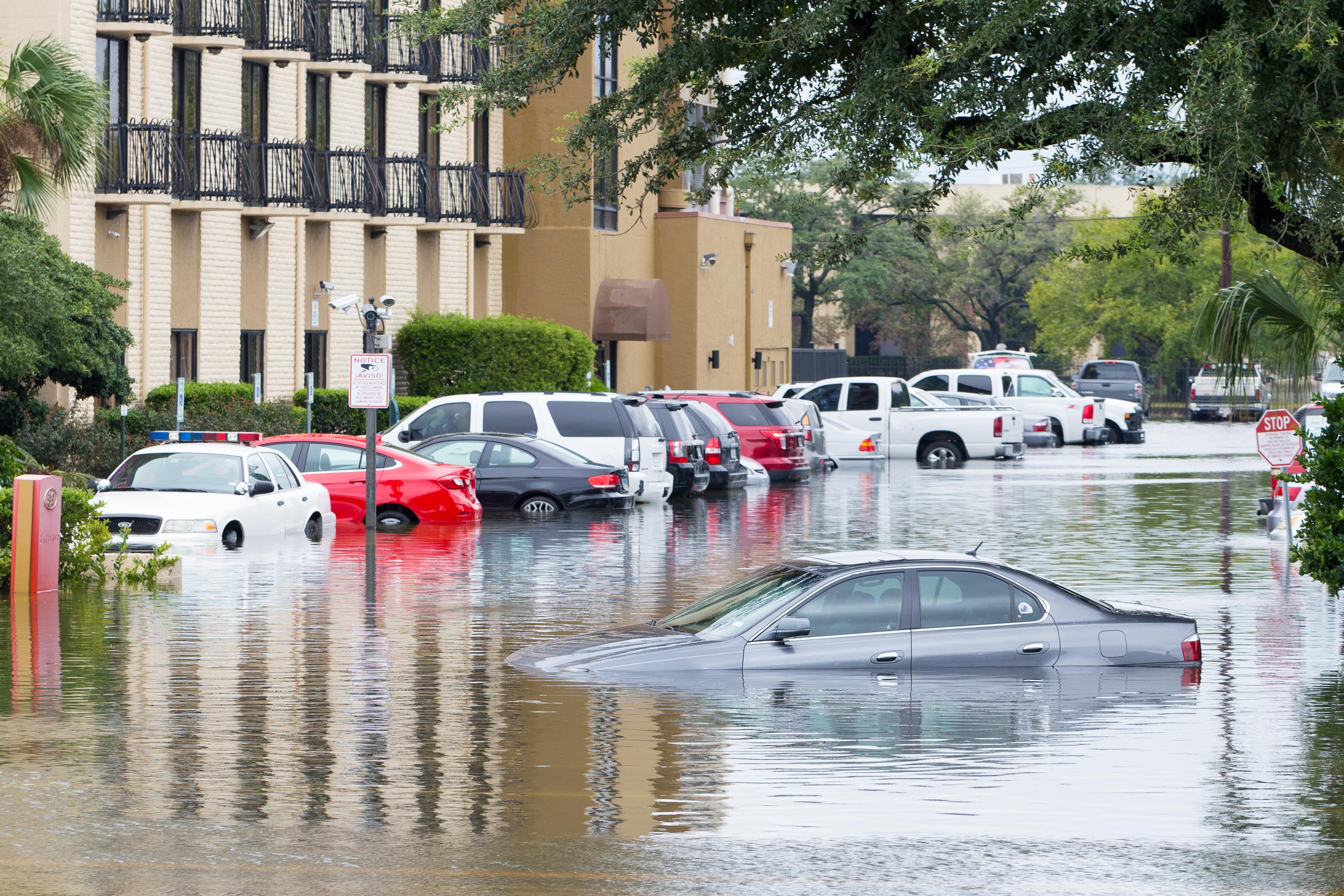
Understanding Your Insurance Policy and Claims Process
Understanding your insurance policy is vital for a smooth claims process. Some policies cover wind damage, flooding, or structural damage but not personal property. Knowing these distinctions is crucial.
The claims process can be complex, involving inspections, paperwork, and negotiation. Understanding your company’s involvement clearly can help you manage this effectively. Sometimes an insurance adjuster is necessary.
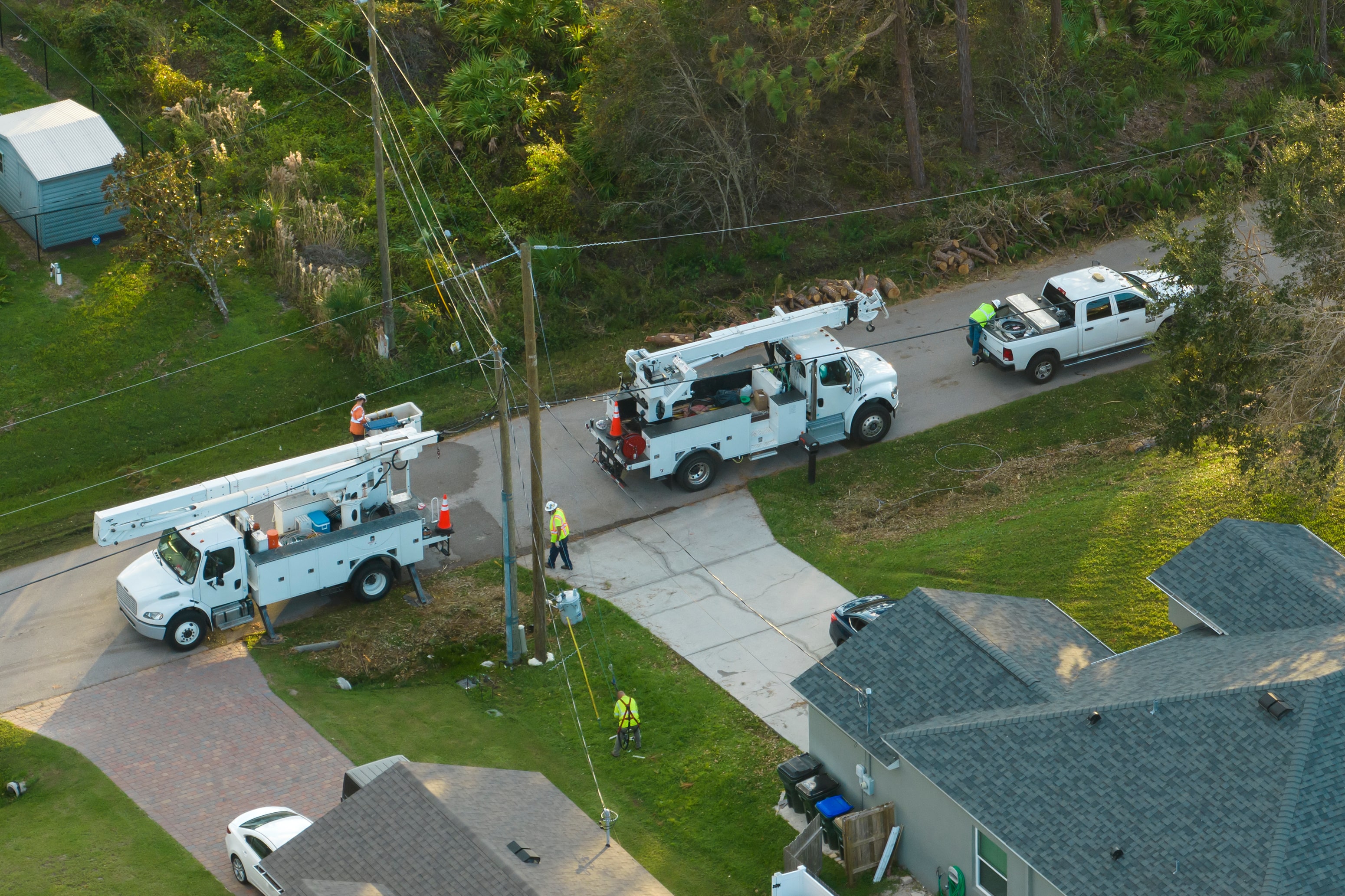
Putting First Things First: Prioritizing Repairs
After a storm, prioritizing repairs can be overwhelming, especially if the damage is extensive. Here are some tips:
- Start with safety-related repairs like structural damage, electrical issues, and gas leaks. These are occupational safety and health concerns. You can contact the Occupational Safety and Health Administration for further details.
- Next, repairs that prevent further damage, such as roof or water damage remediation, should be addressed.
- Finally, handle cosmetic repairs to ensure tenant satisfaction.
Hiring licensed contractors ensures the job is done correctly and often comes with guaranteed work.
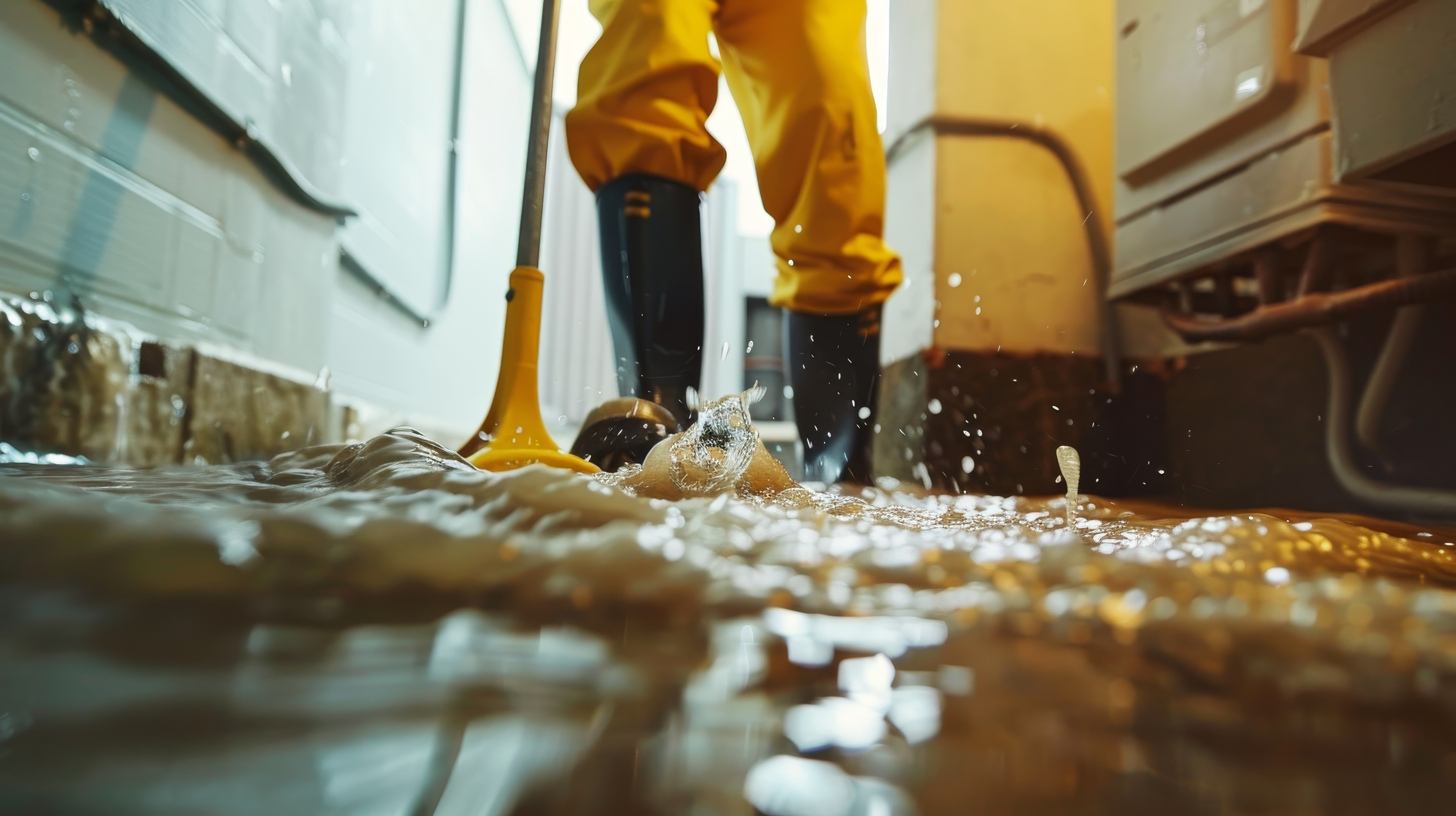
Professional Restoration Services: When to Hire
When the damage is extensive, hiring professional restoration services may be necessary. These specialists handle everything from water extraction to mold remediation, ensuring your property is restored safely and efficiently. This is called professional restoration.
Communicating with Tenants After the Storm
Following a hurricane, clear communication with your tenants is essential. Keep them informed about the repair process and potential changes to their living conditions. Empathy and transparency will help maintain a good landlord-tenant relationship.
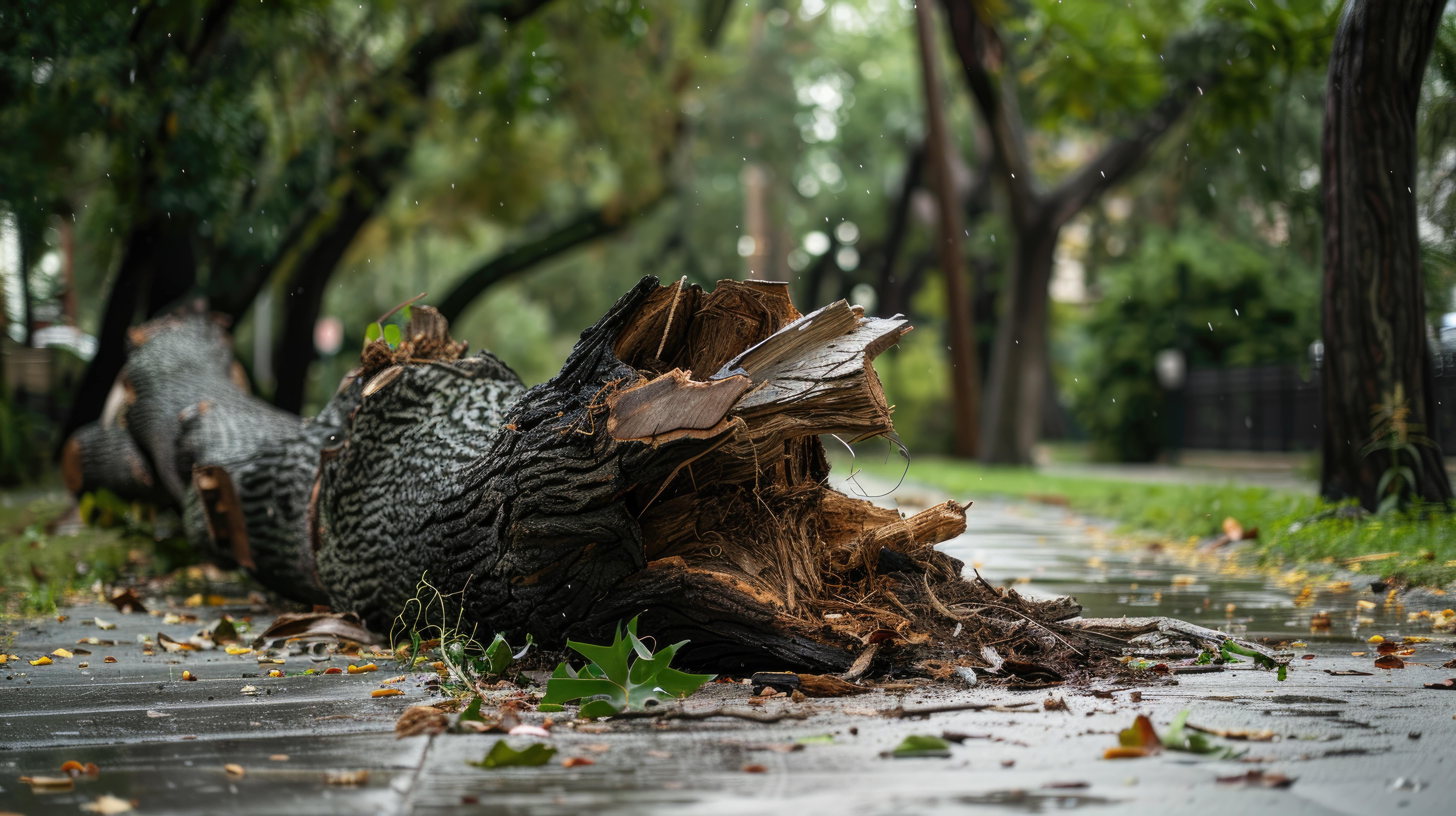
Legal Responsibilities and Tenant Rights
As a landlord, you must ensure the property is safe and habitable after a major storm. Tenants may have the right to break the lease or withhold rent if the property is deemed unlivable.
Understanding local regulations is critical, and consulting a legal professional or local officials is recommended to navigate these complexities.
Preventing Further Damage and Ensuring Safety
- Board up windows and doors to prevent further damage.
- Cover roof damage with tarps to prevent water intrusion.
- Turn off utilities if necessary to prevent further damage.
Financial Assistance and Resources for Recovery
Recovering from storm damage can be costly, but resources are available. FEMA(The Federal Emergency Management Agency) and the Small Business Administration (SBA) offer disaster assistance, such as low-interest loans. Review your insurance policy for coverage details and consult your provider for claim guidance.
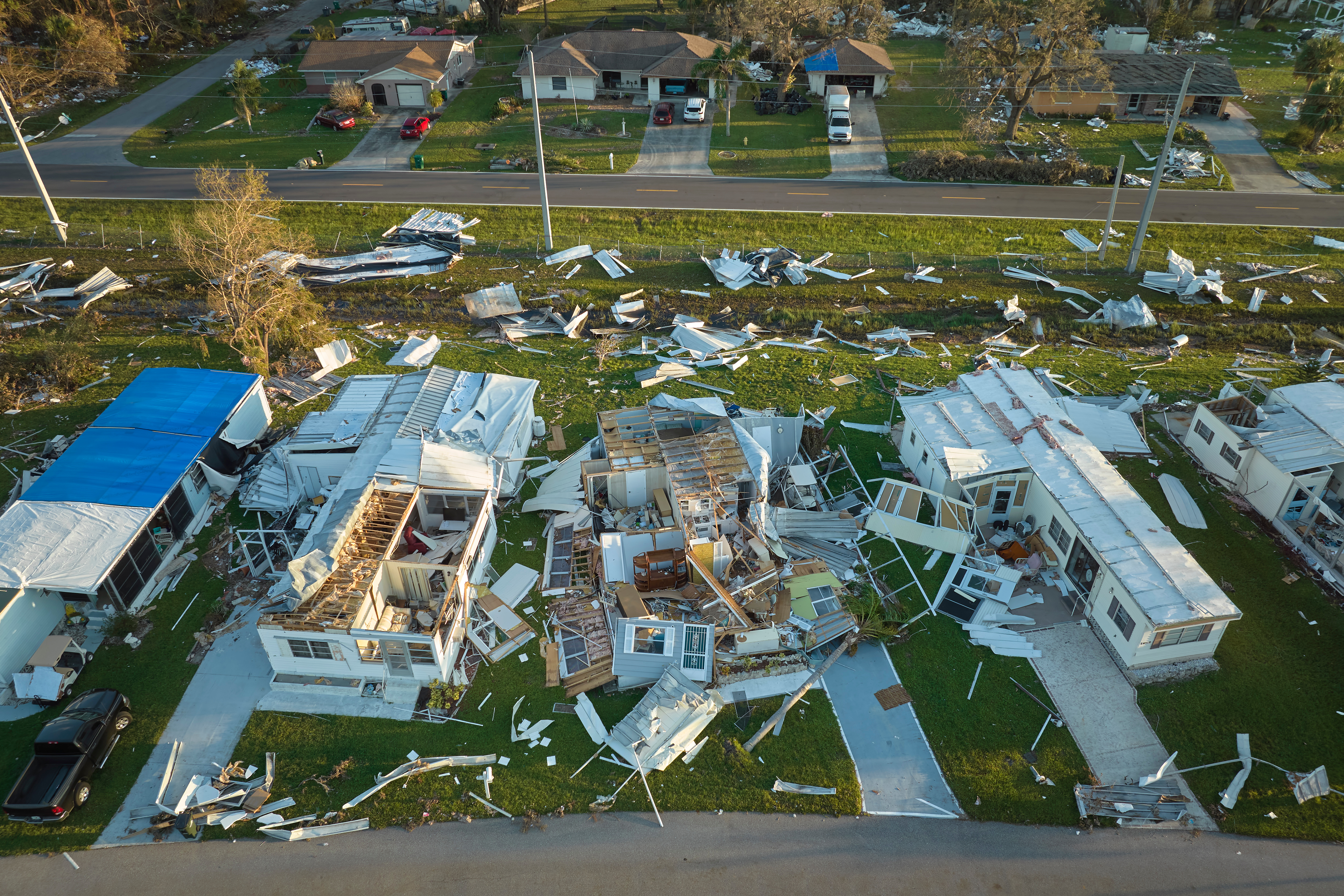
Long-Term Recovery and Future Preparedness
- Develop a long-term recovery plan with a timeline for repairs and tenant communication strategies.
- Reassess your property’s hurricane preparedness based on lessons learned.
- Stay informed about local recovery efforts and resources to assist recovery.
- Consider the psychological impact on tenants and provide support if needed.
Ready to Restore Your Rental Property? Contact Us Today!
Don’t wait to start the recovery process. Allegiant Management Group specializes in helping Central Florida property owners navigate post-hurricane recovery with expert advice, resources, and support.
Whether you need guidance with repairs, insurance claims, or tenant management, we’re here to assist every step of the way.
Get in touch with us today to ensure your rental property is restored quickly and safely!
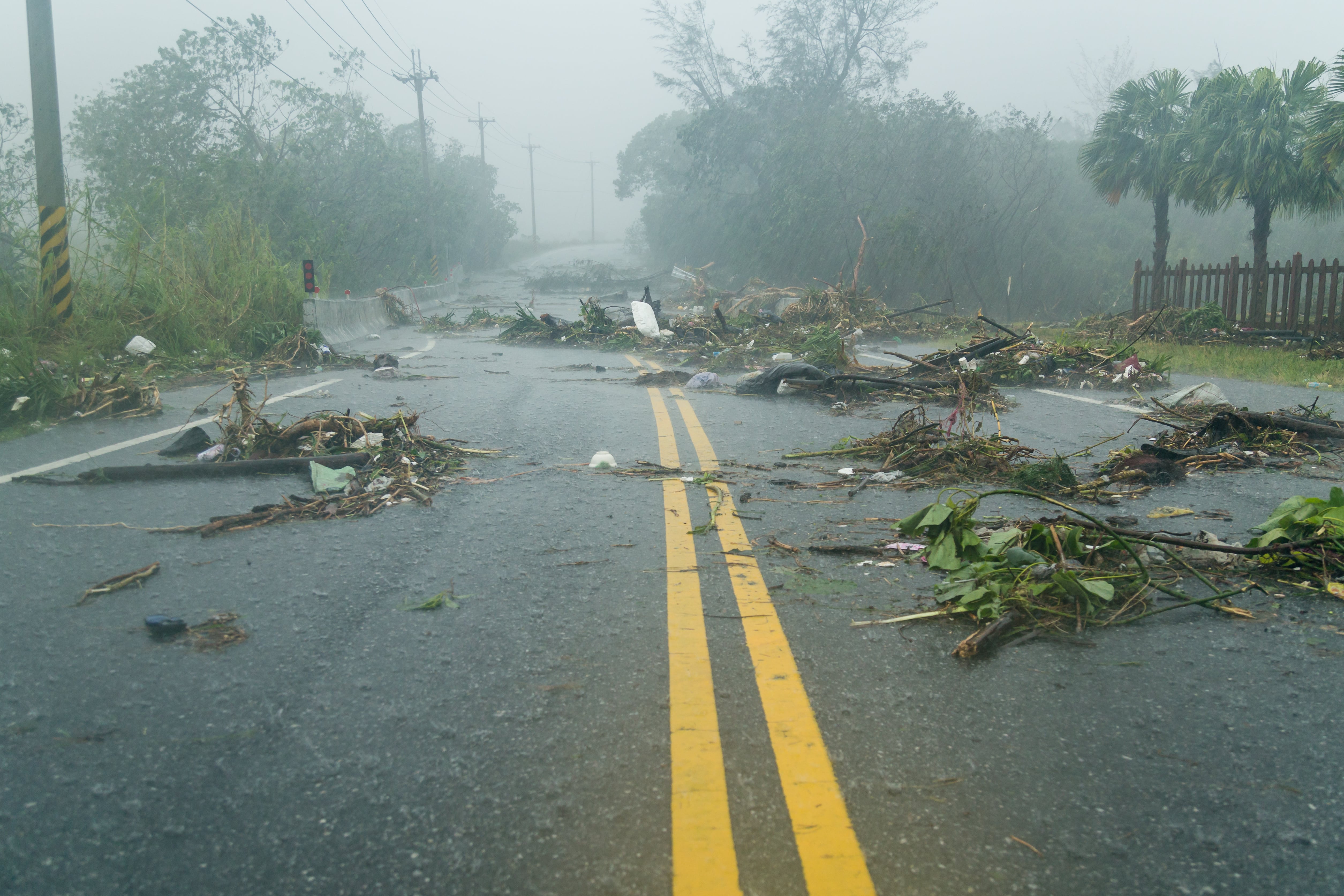
Other Resources
Florida Housing Finance Corporation
Orange County Florida Storm Recovery Assistance
Osceola County Emergency Management
Frequently Asked Questions (FAQs) Post Hurricane Recovery
What should be my first step after hurricane damage to my rental property?
Document all hurricane damage with photos and videos immediately. Contact your insurance provider to start the claims process. Secure the property to prevent further damage, such as covering broken windows or leaks. Notify tenants about safety concerns and necessary repairs. Hire licensed professionals for inspections and restoration.
What documentation do I need for my insurance claim?
Gather photos and videos of all damage, a detailed inventory of lost or damaged items, receipts for repairs or temporary housing, and a copy of your insurance policy. Include estimates from contractors and any relevant correspondence with tenants or authorities. Accurate documentation ensures a smoother claims process.
How do I prioritize repairs?
Prioritize repairs by addressing safety hazards first, such as structural damage, electrical issues, and roof leaks. Secure the property to prevent further damage. Focus on restoring essential utilities and habitability. Consult professionals for assessments and follow insurance guidelines to ensure covered repairs are handled properly.
When should I hire professional restoration services?
Hire professional restoration services immediately for severe water damage, mold risk, structural issues, or electrical hazards. Quick action prevents further deterioration and supports insurance claims. Use licensed, insured contractors for safety and compliance. Document all damage before work begins to ensure proper reimbursement.
What financial assistance is available for hurricane recovery?
Financial assistance for hurricane recovery includes FEMA disaster relief, SBA disaster loans, insurance claims, and local government aid. Nonprofits like the Red Cross may offer grants. Check state and federal programs for housing and rebuilding support. Apply quickly, as funds are limited.
Disclaimer: This blog is for information purposes only and should not be considered legal or financial advice. Always consult with a professional.


